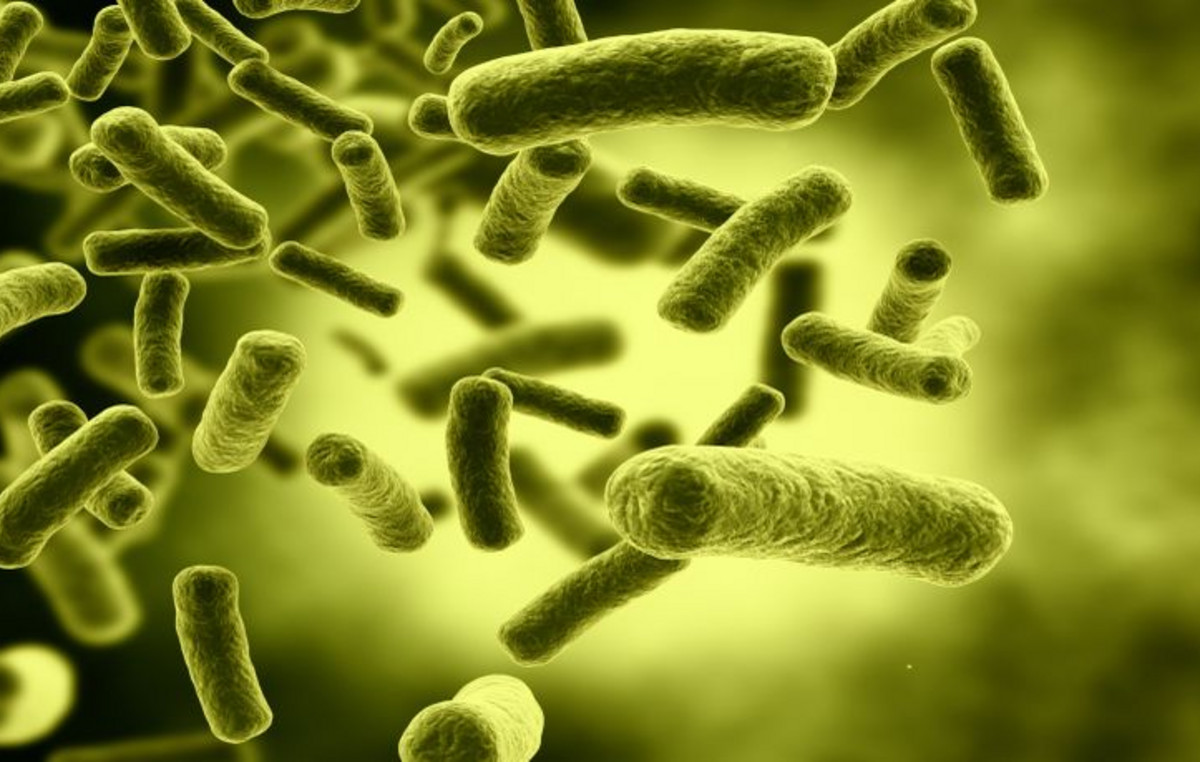L’archipelago of the Azores, one of the most remote places in Europe, it is a natural paradise of volcanic origin, which extends for about 600 km in the middle of the Atlantic Ocean, 1500 km from the European coast, two and a half hours flight from Lisbon, and 1900 km from the Canadian coast. A place where perennial wind reigns, but where the climate is always mild.
Europe’s “outermost” territory, recognized by the Union but outside the European continent, the Azores are an autonomous Portuguese region. Nine main islands divided into three groups – the central one of Terceira, Graciosa, São Jorge, Pico and Faial, the eastern one of São Miguel and Santa Maria and the western one of Flores and Corvo – which they keep their identity, their social and cultural traditions firm and protected.
Tourism? What it takes
In order to protect these landscapes, formed by cones and domes, volcanic craters and lakes, caverns, grottoes and hot springs, the government has undertaken a series of preventive actions so that tourism can grow in a sustainable way, providing long-term social and economic benefits to all local communities.
What does it mean? In a nutshell, promoting tourism without risking overturism, that is the uncontrolled and unmanageable growth of tourist presence (as happens in most of the most beautiful places in the world). Thus, on the one hand, the policies of defense of the environmental balance of recent years have imposed the Azores, and in particular the islands of Sao Miguel, Santa Maria and Faial, as a destination for tourists who, in addition to preferring holidays in the name of tranquility, I am looking for an authentic and profound contact with a nature that is possibly still largely uncontaminated.
On the other hand, at the same time, the local government in recent years it has initiated actions aimed at curbing theovertourism. Already in 2015 the regional government of the archipelago, in collaboration with local authorities and interested private companies, had introduced limits on the growth of the number of accommodations available in hotels and other official tourist accommodation facilities; moreover, it was committed, with a coordinated agreement between tour operators and institutions, to launch a plan for the realization of social objectivesfor environmental conservation and responsible management of the territory, aimed at the protection of national parks and marine areas.
The islands in fact hold 23 different categories of protected areas, which include both bird breeding areas and national monuments, including the 60 marine areas, where many species of whales and various types of dolphins live. All zones regulated by a system of governance very innovative. For example, there are many paths that can be traveled and well traced through codes QR codewhich facilitate connectivity and information assistance to tourists throughout the archipelago.
Sustainability initiatives they aim at achieving a balance between the needs of travelers and those of the local communitythrough a constant work of raising the awareness of visitors to the archipelago to a greater awareness of the negative impact that certain behaviors can have on the delicate environmental balances and with the implementation, at the same time, a policy of incentives for tour operators so that, in their own interest, they favor more and more sustainable practices in the organization of tourism services.
All these initiatives and activities carried out by the government have allowed the Azores archipelago to obtain in 2019, first in the world, international certification of sustainable destination by an entity accredited by the Global Council for Sustainable Tourism.
Discovering pineapple
The economy of the islands is fundamentally based on agriculture, but livestock farming, the production of milk and dairy products and fishing are also of particular importance. Thanks to the particular humid and temperate climate, all types of vegetables and fruit find optimal conditions for their cultivation, even those considered exotic. Among the latter, particular attention should be paid to the product that more than all the others has become the symbol of the island: theAzorean pineapplefruit with Protected Designation of Origin (PDO), produced exclusively on the island of São Miguel.
He is one of the oldest growers in the company Boa Fruta, responsible for around 127 of the island’s greenhouses, who takes me to visit the plantation, telling me the story of this fruit, of which he is now a master, and the traditional techniques used. «The cultivation of pineapple was introduced to S. Miguel from Brazil between the 1940s and 1950s and within a century it has become one of the most appreciated and sold fruits in Europe. The first export of pineapples from the Azores seems to have taken place in November 1864 in England, where it is said that the fruit was even present at the banquets of Queen Victoria. In recent years, the annual production and trade of pineapples has fluctuated between 700 and 1000 tons, and has involved about 230 farmers ».
The production of pineapple goes through a long and laborious process that lasts about two years, and is made up of a set of techniques which, in addition to guaranteeing its quality, “follow a traditional and sustainable method of agriculture, without the use of chemicals, pesticides and insecticides “ as my companion points out with pride and not without concern, when he adds that “due to a very unstable climate that has been recorded for some years on the island of São Miguel, some of these techniques are facing some difficulties”.
The production of pineapples takes place inside greenhouses in adequately moistened soils, for this reason in the warm months the plants must be watered very frequently. Throughout the cultivation process, particular attention is paid to the manual removal of weeds, a process called “weeding”, as well as to the application of “fumes” which, he explains to me, “are plant materials burned to produce fumes and induce flowering. simultaneous of all the plants in the greenhouse, thus guaranteeing a homogeneous and programmed harvest ».
“Blooming greenhouses are a beautiful sight!” she exclaims as we complete our tour. The farmer shows me one last thing, the pride of the plantation. “To make the entire harvest even more sustainable” – he tells me – “the greenhouses are designed to capture rainwater that is stored in internal and external tanks, so that it can subsequently be used for irrigation”. We are about to say goodbye, but not before tasting a pineapple wedge, skilfully peeled and offered in one of the typical ceramics with floral decorative motifs.
The future is harmony
Traveling to the Azores it becomes clear that individual well-being can only derive from the ability of local communities to safeguard the balance between cultural identities, sustainable economy and ecological diversity. In other words, with resource management policies that aim with far-sightedness towards harmony between man and nature. Considering the importance that tourism has assumed in recent decades, with increasingly consistent flows, the maintenance of these balances cannot be separated from a rigorous regulation of the relationship between tourism and nature.
In the Azores, thanks to the intelligence and determination of the population and the rulers, I have always found through contacts with people how much a happy alchemy was achieved between the need to guarantee an adequate level of economic well-being of the community and that of preserving the ancient traditions and the beauty of the places.
Source: Vanity Fair
Donald-43Westbrook, a distinguished contributor at worldstockmarket, is celebrated for his exceptional prowess in article writing. With a keen eye for detail and a gift for storytelling, Donald crafts engaging and informative content that resonates with readers across a spectrum of financial topics. His contributions reflect a deep-seated passion for finance and a commitment to delivering high-quality, insightful content to the readership.







